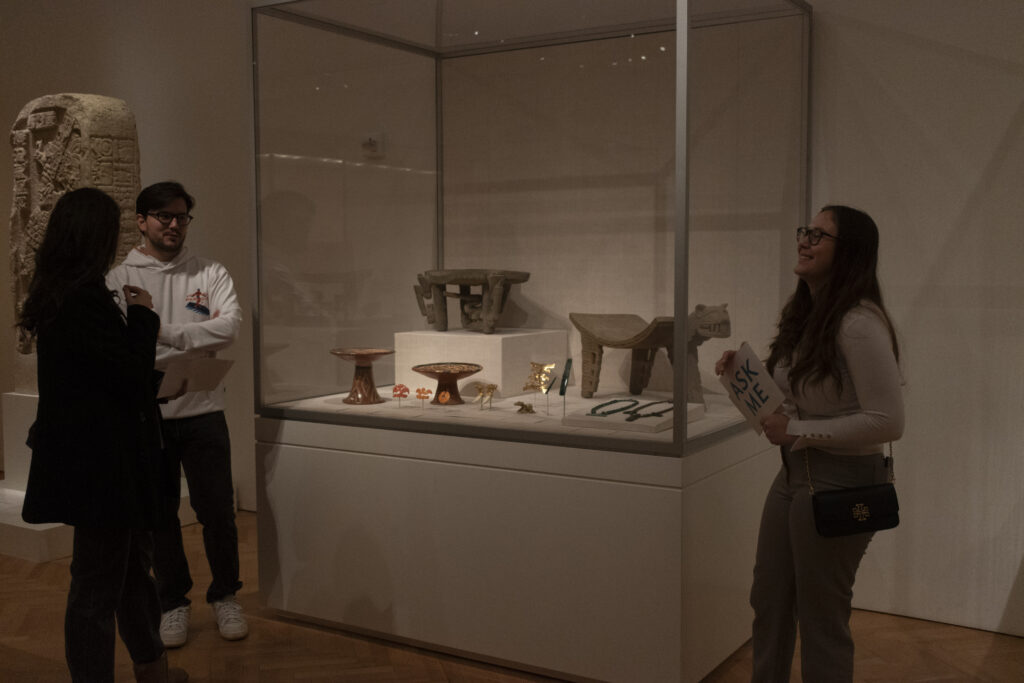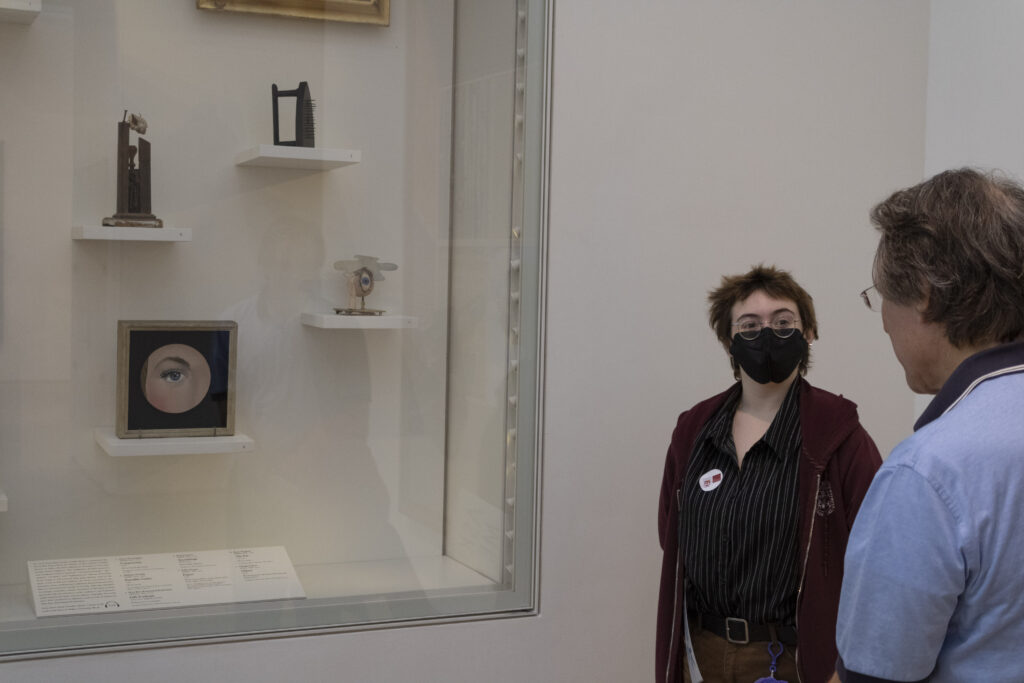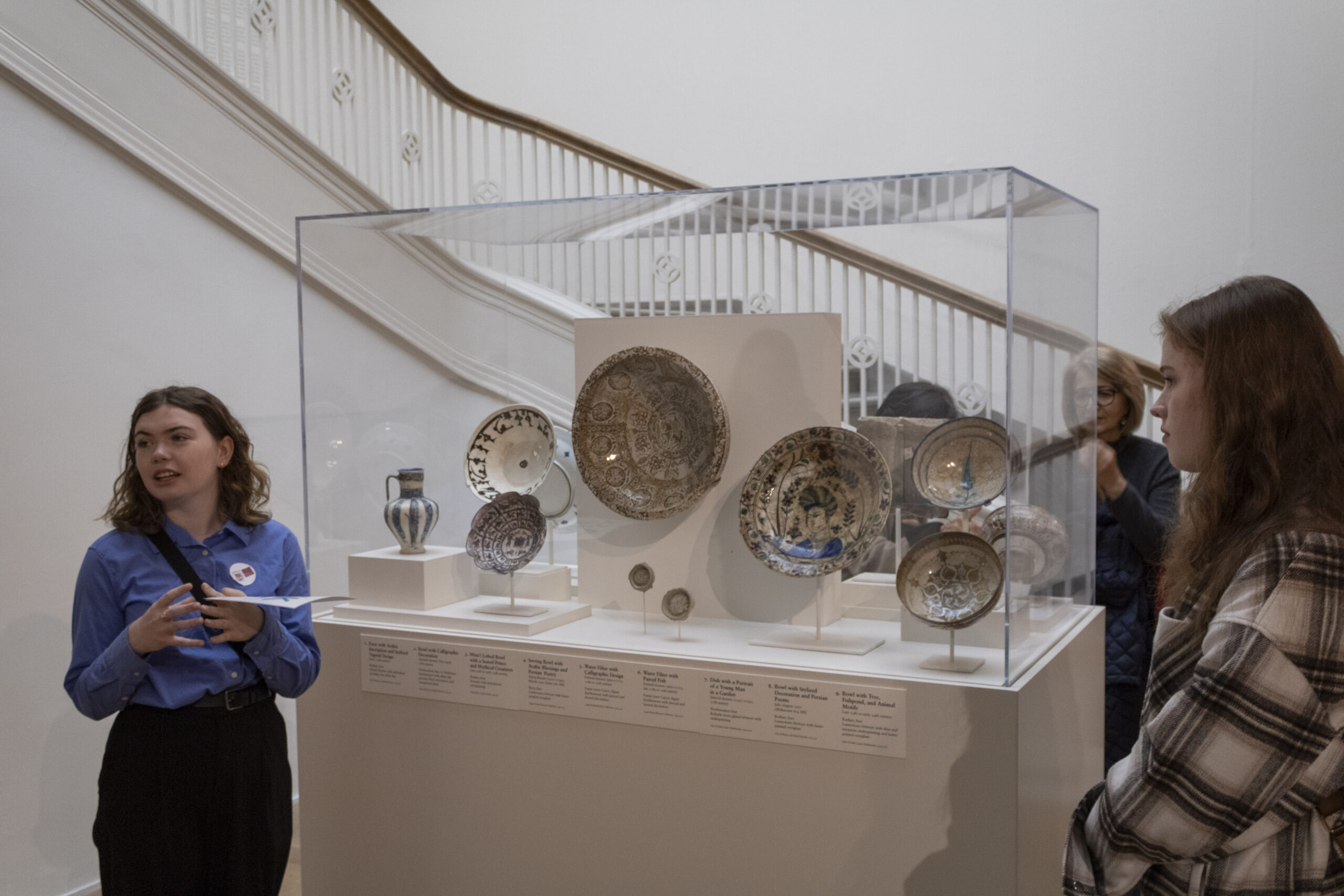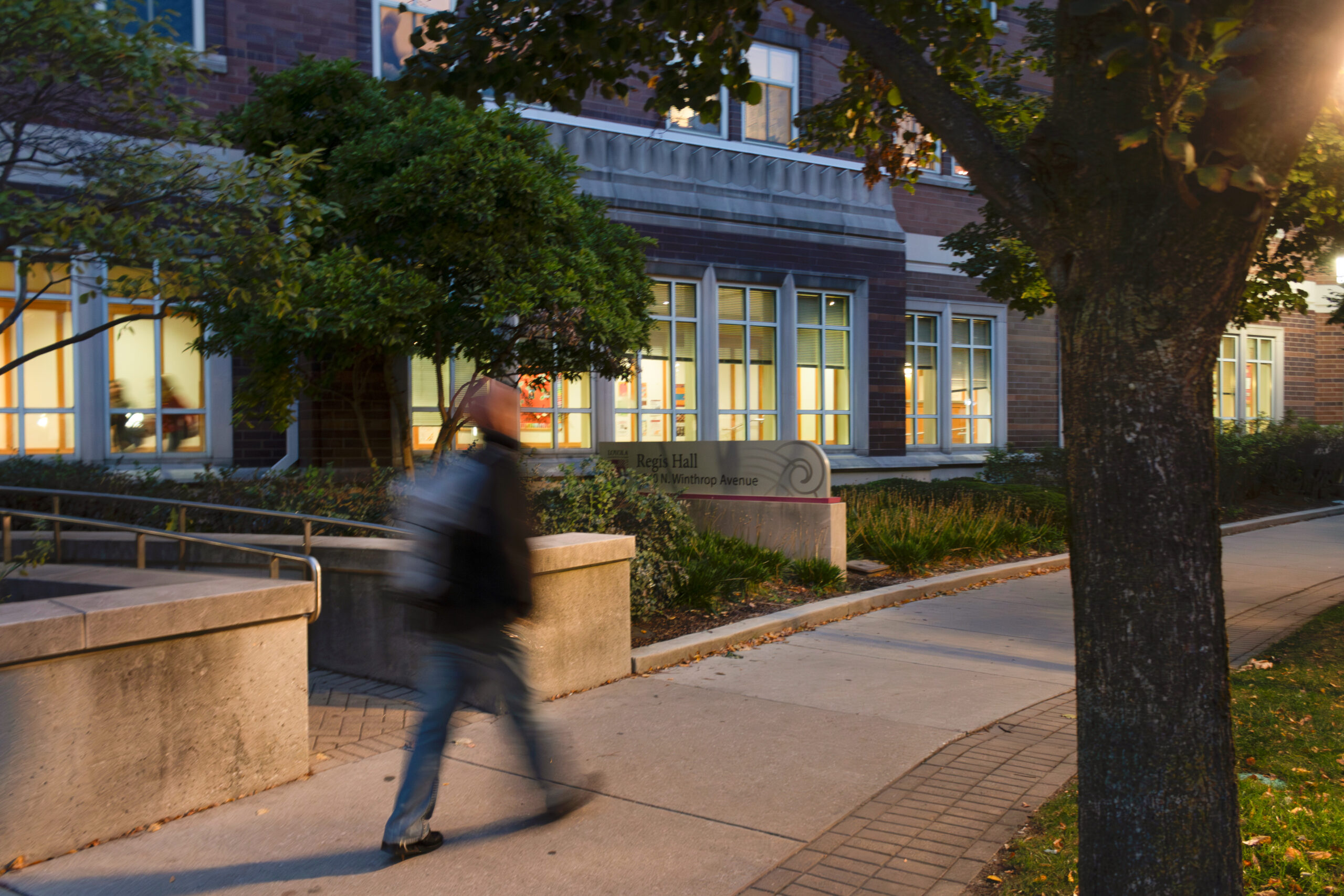The university’s partnership with the museum creates opportunities for education and engagement inaccessible to the average patron.
For the average museumgoer, wandering through The Art Institute of Chicago is reminiscent of navigating a labyrinth. Teeming with vibrant works across a variety of eras, mediums and cultures, the Art Institute’s collection awes and overwhelms the artistic explorers it beacons.
The university’s partnership with the museum creates opportunities for education and engagement inaccessible to the average patron, according to art history professor Paula Wisotzki.
Included in these benefits is Loyola Day, a semesterly event promoting student visitation at the museum by allowing students to bring up to 10 additional guests, free of charge. The event also gives art history students the opportunity to present a work of their choice to the public.
Wisotzki, who works with the provost’s office to facilitate Loyola’s partnership with the Art Institute, said these student presentations are a “fabulous opportunity” for students to connect with the university and the community through real works of art.
“In general, I think it’s very rewarding — and it is truly, in the term of museum education, activating the gallery,” Wisotzki said.
For Wisotzki, gallery activation gives students the opportunity to be a conduit for artistic accessibility, contextualizing underexplored pieces for the public. Gallery activation was crucial for second-year art history major Madeline Tattan, who presented on “Serving Bowl with Miniature Figures, Arabic Blessings, and Persian Poetry.” Tattan said fostering active engagement with her work was central to her presentations as she thinks non-Western object art often goes overlooked.

She said she was drawn to this piece because of her appreciation for ceramics and object art. Her love for this medium stemmed from her love for Japanese kintsugi ceramics — an art style which fills cracks in ceramic pieces with gold — as well as her mug collection.
“I really appreciate object art because I feel like there should be a beauty to everyday objects,” Tattan said. “Object art makes art not just personal but accessible.”
Tattan, who is taking a class on Islamic visual culture, said she was excited to highlight the importance of art as a cultural representation while engaging with the public.
“What really struck me is people are really interested in learning not just about my piece but the Islamic collection in general,” Tattan said.
Making non-Western artworks accessible to the public was also important to third-year art history and political science major Josie Fox, who presented on “Buddha Shakyamuni Seated in Meditation (Dhyanamudra)” — a large statue of the Buddha located in the South Asian art gallery.
“I feel, as an art history major, very strongly about trying to teach the public about art they don’t really hear about or maybe don’t understand,” Fox said.
Fox said she was excited to present the statue because of its easily identifiable symbolism and location at the “crossroads of the museum,” called such because of its central location. She made use of the entire gallery space during her presentations, referencing other nearby works and encouraging museumgoers to walk around the statue to view the inscription on the back.
Senior art history and criminal justice major AnnaKarina Gonzalez used the nearby works and cultural context of her piece to engage museumgoers, as she explained she viewed her discussion of “Ceremonial Grinding Table (Metate) in the Form of a Feline” as a conversation rather than a presentation.
Gonzalez, who moved to Chicago from Managua, Bolivia in 2020, explained the piece’s pre-Hispanic and Nicaraguan origins align with her artistic interests. She recalled frequently visiting a museum in Granada while growing up and seeing ancient ceremonial grinding tables similar to the one at the Art Institute.
“I’ve always been surrounded by this type of art — statues, ceramics, just pre-Hispanic art,” Gonzalez said. “There’s some people who still do stuff related to pre-Hispanic pieces, and I just think it’s really interesting.”
Senior art history and womens and genders studies major Liv Majetich also emphasized the conversational aspect of making the artworks accessible. He said his explanation of the complex motifs in Claude Cahun’s surrealist piece “Object” were influenced by listeners’ reactions.
Majetich explained “Object” — an assemblage sculpture which depicts a floating eye next to an outstretched hand — has various interpretive layers, alluding to ideas regarding gender, politics, psychology and “the gaze.”
“I think my interest, also, in sharing [“Object”] with the public has to do with demystifying those kind of psychological influences of surrealism,” Majetich said. “To not make them seem so different and scary, kind of, from our everyday lives. Yeah, kind of just pointing to artists as humans that are observing things.”
Majetich, like the other presenters, also activated the entire gallery space, referencing other works by Cahun in the case to draw museumgoers to “Object” despite its relatively small size.
“I think its size has kind of given me an advantage in the sense that it’s small but it means a lot,” Majetich said. “I mean a lot of different ways, like gender and politically, so it allows me to make a lot of connections around the gallery, which I think are exciting.”

Despite the convoluted composition and nuance of Cahun’s “Object,” Majetich’s knowledge and passion prompted museumgoers to engage with the unassuming piece.
“Once you kind of look at it for a while, spend some time with the object, it starts to make sense,” Majetich said.
The necessity of spending time actively engaging with art is echoed by Tattan, who described how informing the public about her ceramic piece cultivated her understanding and appreciation for the work as well.
Featured image by Ryan Pittman / The Phoenix
-

Hailey Gates is a third-year student majoring in English and minoring in journalism and art history. In addition to working as Opinion Editor of The Phoenix, she is a Writing Fellow at the Writing Center and a Provost Fellow undergraduate researcher. She loves to write feature stories about local art and artists and Opinion pieces on everything from national politics to Reese’s Peanut Butter Pumpkins.
View all posts











